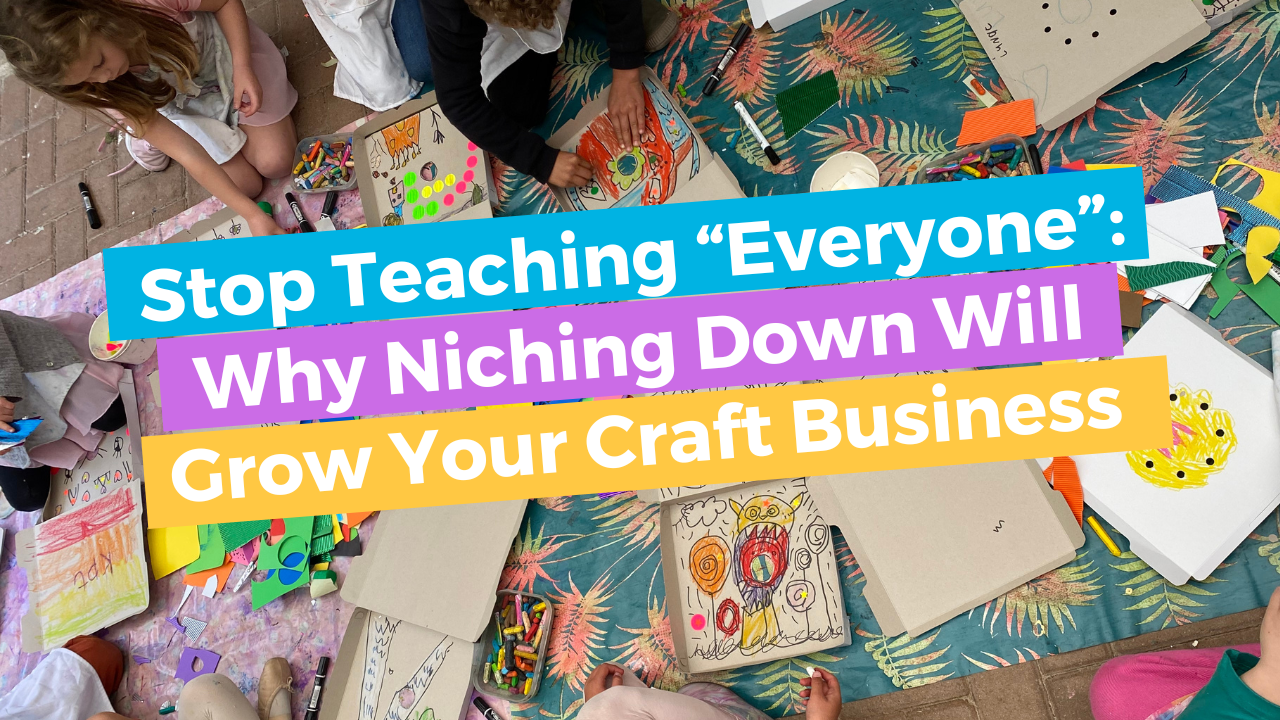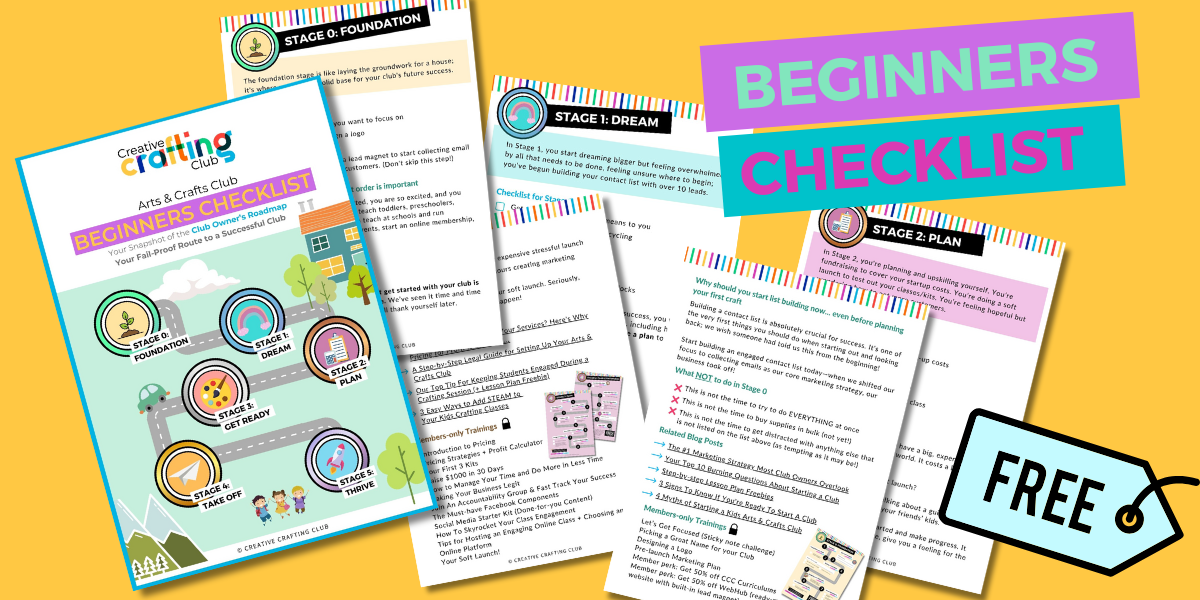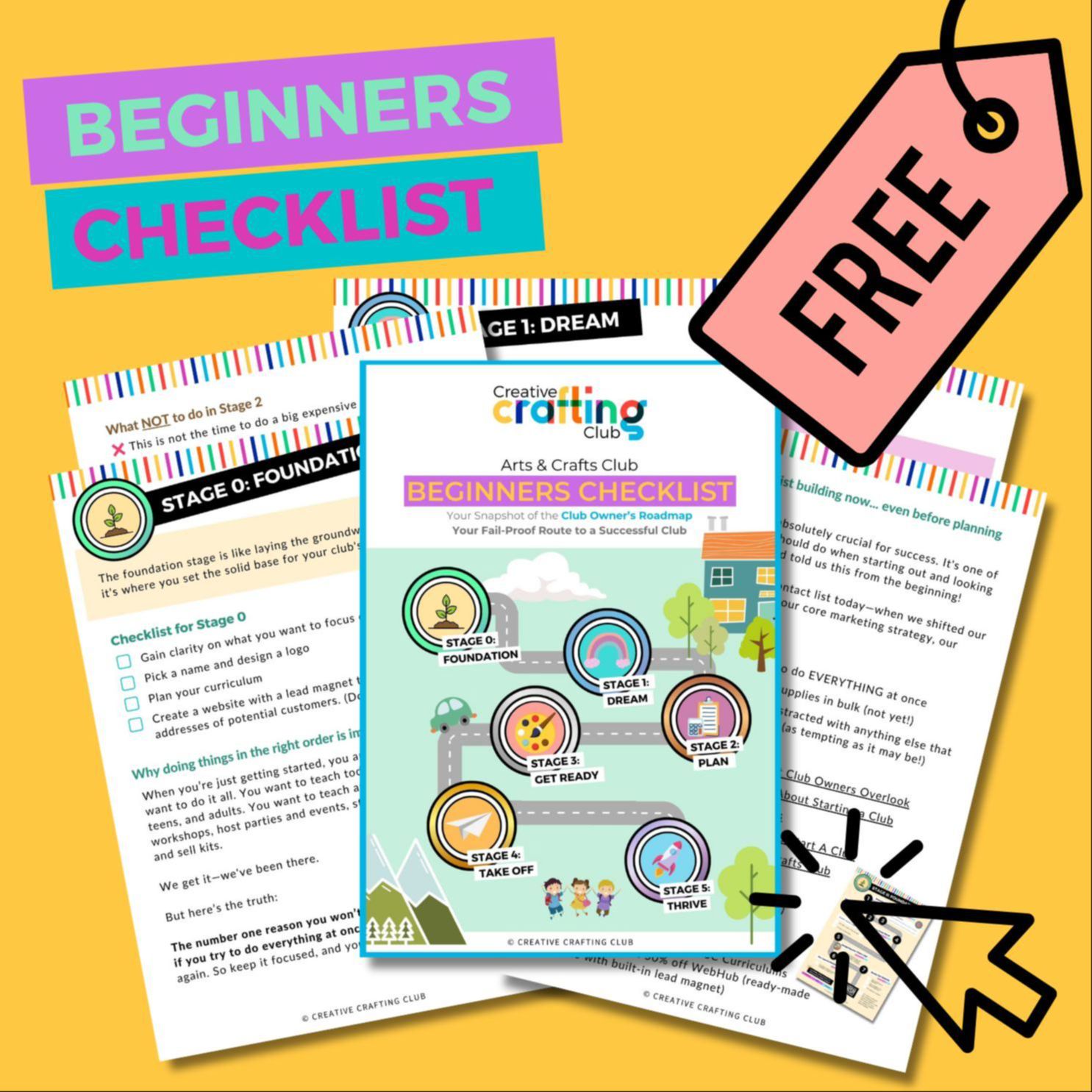Stop Teaching “Everyone”: Why Niching Down Will Grow Your Craft Business
Posted on Mar 27, 2025
The "Everything for Everyone" Trap: Our Story
Picture this: It's a Tuesday evening, and we're frantically cutting felt shapes for tomorrow's preschool class while simultaneously finalizing a sophisticated macramé project for an adult workshop on Thursday.
My dining table has disappeared under mountains of craft supplies, my laptop is open to three different marketing campaigns, and we've just received an email asking if we can host a teen birthday party this weekend.
Sound exhausting? It was.
We get it, we've been there.
When you're just getting started with your craft business, you are sooo excited, and you want to do it all and say yes to everything and everyone. You want to teach toddlers and preschoolers and teens and adults. You want to teach at schools and run workshops, host parties and events, start an online membership, and sell kits.
Does that sound familiar???
That was us in 2018 – spreading ourselves thin, chasing every opportunity, and believing that saying "yes" to everything was the path to success. We were the "sure, we can do that!" craft teachers.
The result? Burnout. Inconsistent income. And a business that felt more like chaos than craft.
We'll never forget the moment it all changed. We were preparing for five completely different classes in one week – each requiring totally different materials, age-appropriate instructions, and marketing approaches. As we sat surrounded by half-finished samples at 1 AM, a simple question hit us:
"What if we just focused on doing ONE thing really, really well?"
Now there is nothing stopping you from growing into doing all of the things, but when you're starting out, trying to do everything at the same time will only make you feel overwhelmed.
Even worse, it will make you achieve less, as you don't have a clear focus.
Our First Niche: Children's Craft Classes
After much soul-searching, we made the decision to focus exclusively on teaching children aged 2 to 12. No more adult workshops, teen parties, or senior crafting sessions. Just kids.
It was both terrifying and liberating. We worried about turning away potential business, but almost immediately, something magical happened. By specializing in children's craft classes, our marketing became clearer, our preparation more efficient, and our reputation began to grow.
Schools started reaching out to us. Parents recognized our name at local events. Our calendar began filling up with consistent bookings instead of the occasional scattered classes we'd been running before.

Finding Our Super-Niche: STEAM-Based Crafting For Kids
But our niching journey didn't stop at just teaching children. We took it one step further and specialized specifically in STEAM-based crafting for kids.
By focusing on crafts that teach Science, Technology, Engineering, Art, and Math skills while children are having fun, we not only differentiated ourselves from other art and craft teachers but also tapped into what parents and schools value most – educational enrichment disguised as play.
This super-niche allowed us to:
- Charge premium rates because we were offering educational value beyond basic crafting
- Partner with schools looking specifically for STEAM enrichment programs
- Create a curriculum that stood out from typical art classes
- Appeal to parents concerned about their children's academic development
- Build a reputation as specialists in a growing educational trend
This wasn't just niching down – it was niching down with purpose, aligning our passion for crafts with the specific needs of our target market.
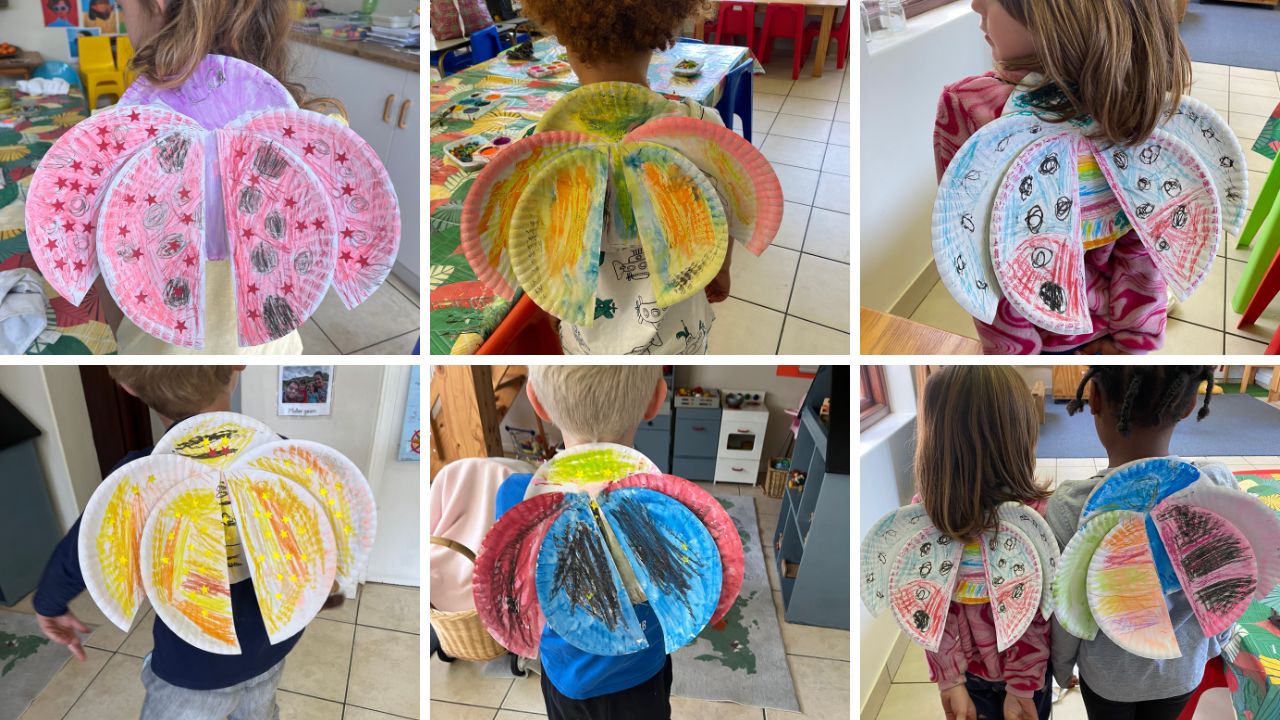
The Empty Class Era (and How We Turned It Around)
Remember those "crafts for everyone" classes we mentioned? Here's what actually happened:
Despite all our frantic activity and willingness to teach anyone anything, we soon encountered a frustrating reality.
We'd spent hours preparing the perfect craft class. We'd gathered beautiful supplies, created detailed lesson plans, and designed eye-catching marketing materials. We proudly announced that our classes were for "everyone who loves crafts!"
And then... crickets. Few signups. Minimal interest.
This is the reality when you cast your net too wide in the craft-teaching world.
While it seems counterintuitive, trying to appeal to everyone often means you end up appealing to no one.
So there we were – exhausted from preparing for multiple different audiences, yet still facing half-empty classes. We were working harder but achieving less.
But when we niched down to STEAM-based crafting for kids, everything changed.
Suddenly, our crafts weren’t just fun—they were purposeful. Kids were learning real skills while creating toys, games, and inventions they couldn’t wait to show off. They played with them on the playground, and their friends wanted in too.
That’s when the FOMO (fear of missing out) started.
We went from half-empty rooms to fully booked classes (with waitlists at schools!). The very crafts we once struggled to fill became the ones kids and parents couldn’t stop talking about.
The transformation was real—and it all started by doing less, but doing it better.
Why Niching Down Works
Niching down isn't about limiting your potential—it's about focusing your expertise and clarifying your message so the right people can find you.
When you specialize in a specific type of craft teaching (like in-person kids' classes at schools), several powerful things happen:
- Your marketing becomes more effective because you're speaking directly to a specific audience with specific needs
- You develop deeper expertise in serving that particular group
- Word-of-mouth referrals increase as you become known for this specialty
- Your confidence grows as you master your niche
- Decision-making becomes easier because you have a clear focus
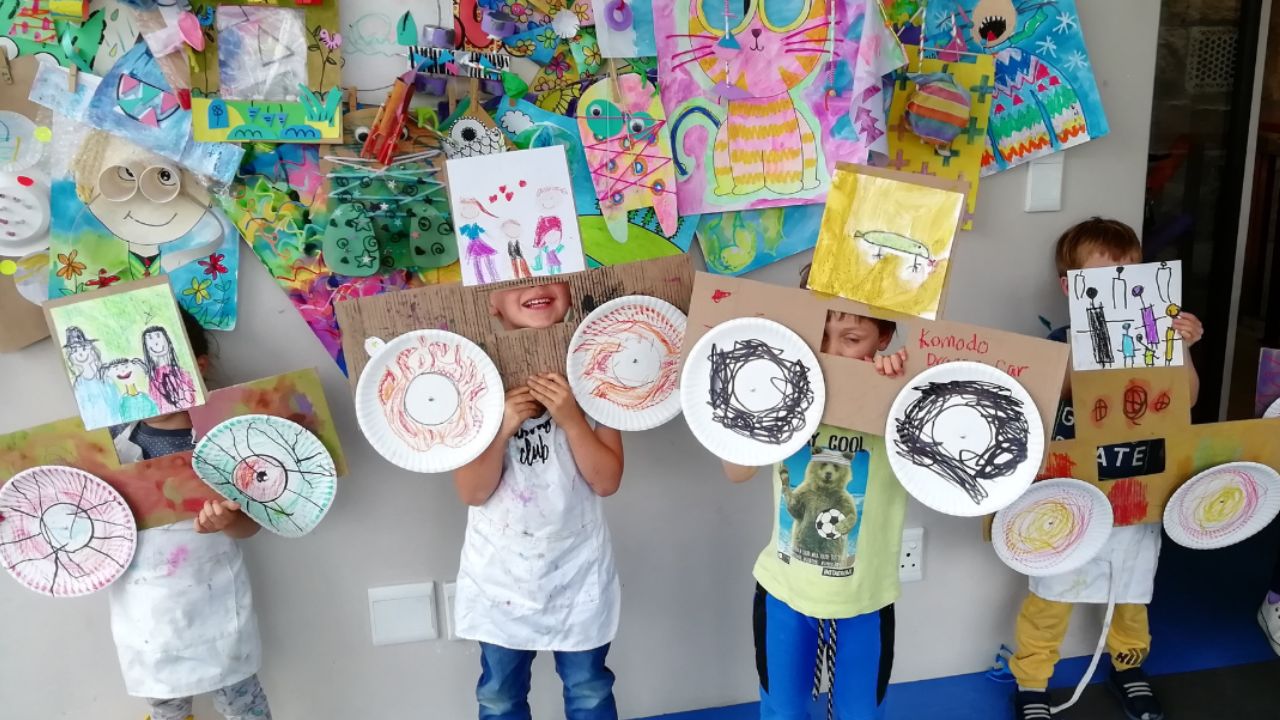
The Truth About Success: The Riches Are in the Niches
There's an old business saying that perfectly captures what we've learned on our journey: "The riches are in the niches."
When we first heard this phrase, we resisted it. Surely casting a wider net would bring in more customers, right? But our experience—and the experiences of countless other craft teachers—has proven the opposite to be true.
By narrowing our focus to STEAM-based craft classes for kids, we didn't limit our income—we multiplied it. We became specialists rather than generalists, experts rather than dabblers, sought-after teachers rather than just another option.
The "riches" aren't just financial. They include the richness of truly connecting with your ideal students, the satisfaction of developing deep expertise, and the joy of running a business that feels aligned with your strengths.
When you try to serve everyone, you end up serving no one particularly well. But when you choose a specific niche to master, you open yourself up to a world of opportunity.
The Power of Becoming “The One”
When you niche down, you transform from being “another craft teacher” to becoming “THE craft teacher for [your specific audience].”
Consider these two introductions:
-
“Hi, I teach crafts to anyone who’s interested!”
-
“Hi, I run in-person STEM-based craft clubs for elementary school children that combine creativity with educational concepts!”
Which teacher would you be more likely to remember? Which one gives you a clearer picture of what they offer? Which one would you be more likely to refer to a specific friend?
The second, more focused introduction makes it crystal clear who you serve and how you help them.
Finding Your Perfect Niche
When choosing your niche for your craft teaching business, consider these factors:
Who do you love working with?
Teaching is fundamentally about connection. Working with a group you genuinely enjoy makes the experience rewarding for everyone. Many craft teachers find they naturally connect with toddlers (ages 2-4) or elementary-aged children (roughly ages 5-12), who have the manual dexterity for crafts while still bringing unbridled enthusiasm and creativity.
Where can you create the biggest impact?
Schools provide a ready-made venue with built-in potential students. Parents already trust the school environment, making it easier to fill your classes. Plus, offering after-school enrichment programs fills a genuine need for quality activities during challenging hours for working parents.
What format plays to your strengths?
In-person teaching allows you to see children’s reactions in real-time, offer hands-on guidance, and create a special experience that simply can’t be replicated online. The energy of a classroom full of excited children is something many craft teachers find incredibly fulfilling.
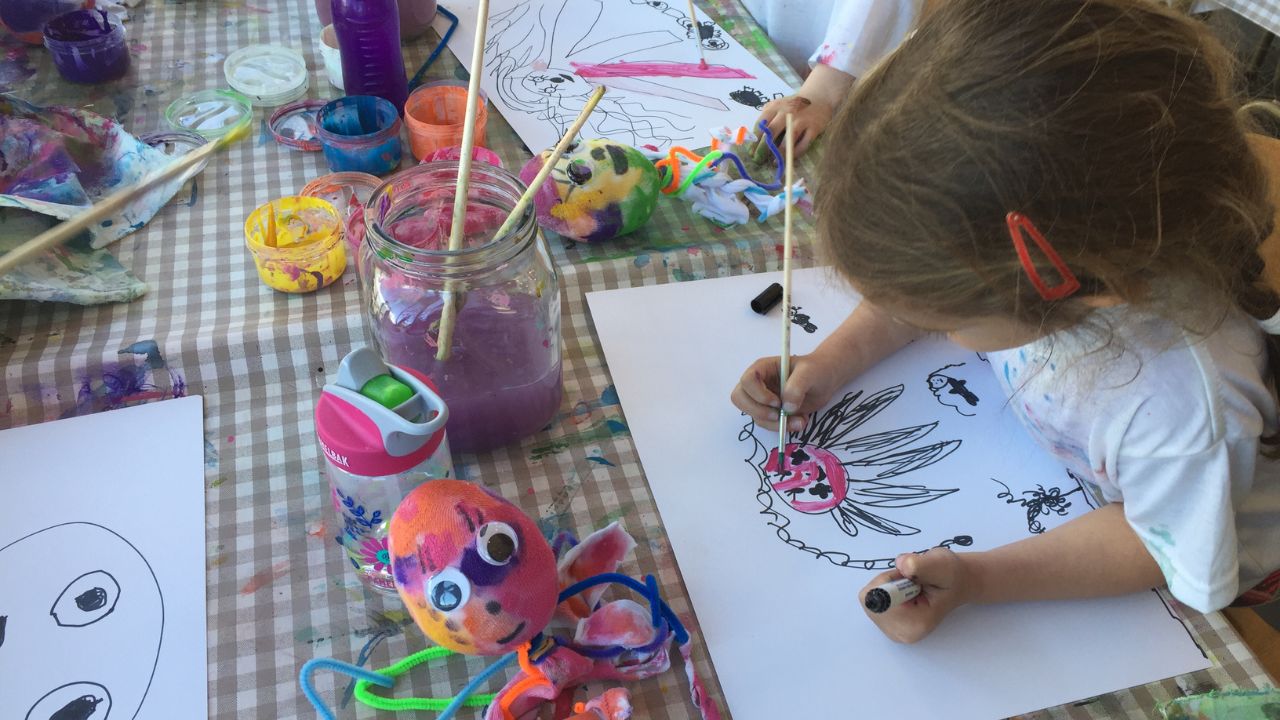
Success Stories: The Proof Is in the Niching
Don't just take our word for it. Here are real examples from craft teachers who discovered the power of niching down:
Natalie's Fully-Booked Elementary School Classes
Natalie was hesitant to launch her craft classes to elementary school children. But look what happened when she finally took the plunge:

Within just weeks of niching down to elementary school craft classes, Natalie not only filled her roster but created such demand that she had to start a waitlist! This is the power of speaking directly to a specific audience with a specific need.
Dani's "Effortless" Success with Young Children
Dani's story might sound familiar to many of you. Despite consistent advice to specialize, she resisted the idea of narrowing her focus:

After struggling to make her "something for everyone" approach work, Dani finally focused on teaching 5-9 year olds. The results speak for themselves – eager students, reliable parents, and a business model that finally feels sustainable.
What's particularly striking about Dani's experience is how she describes the shift: "incredible—so effortless!" When you're in the right niche, business doesn't have to be a constant uphill battle.
The Hidden Benefit: Scaling Within Your Niche
Once you’ve established yourself in your niche, you can still grow and expand—but from a position of strength rather than dilution.
For example, after mastering you in-person craft club at a school, you might:
- Develop special holiday workshops for your current students
- Offer birthday party packages where you're already known as the craft expert
- Create take-home kits for the kids on your waitlist who can't get into your classes
- Expand to additional schools in your area with your proven program
The difference is that you’re building upon your established expertise and reputation rather than jumping between unrelated audiences and formats.

Your Niching Action Plan
Ready to focus your craft teaching business for greater success? Here’s how to start:
-
Decide on a specific age group you want to work with
-
Identify 3-5 local schools where you might offer your program
-
Develop a clear, focused message about how your craft club benefits children and schools
-
Update your materials to reflect this specialization
-
Reach out to schools with your newly focused offering
The Permission to Focus
Many creative people resist niching down because they fear missing out on opportunities or limiting their creativity. But here’s the truth: focusing your business doesn’t mean limiting your personal creative practice.
You can still enjoy all types of crafts in your own time while building a successful, focused business that serves a specific audience exceptionally well.
Give yourself permission to excel in one area rather than struggling to be everything to everyone.
Take the First Step Today
If you’ve been hesitating to niche down your craft teaching business, now is the perfect time to make this powerful shift.
Starting with in-person craft clubs at schools for children ages 2-12 provides the perfect foundation for a successful craft teaching business that can grow and evolve with you.
CLICK HERE TO GET YOUR FREE BEGINNERS CHECKLIST and discover exactly how to launch your focused craft teaching business with confidence! When you focus on serving a specific audience extraordinarily well, you don’t limit your potential—you unleash it.

